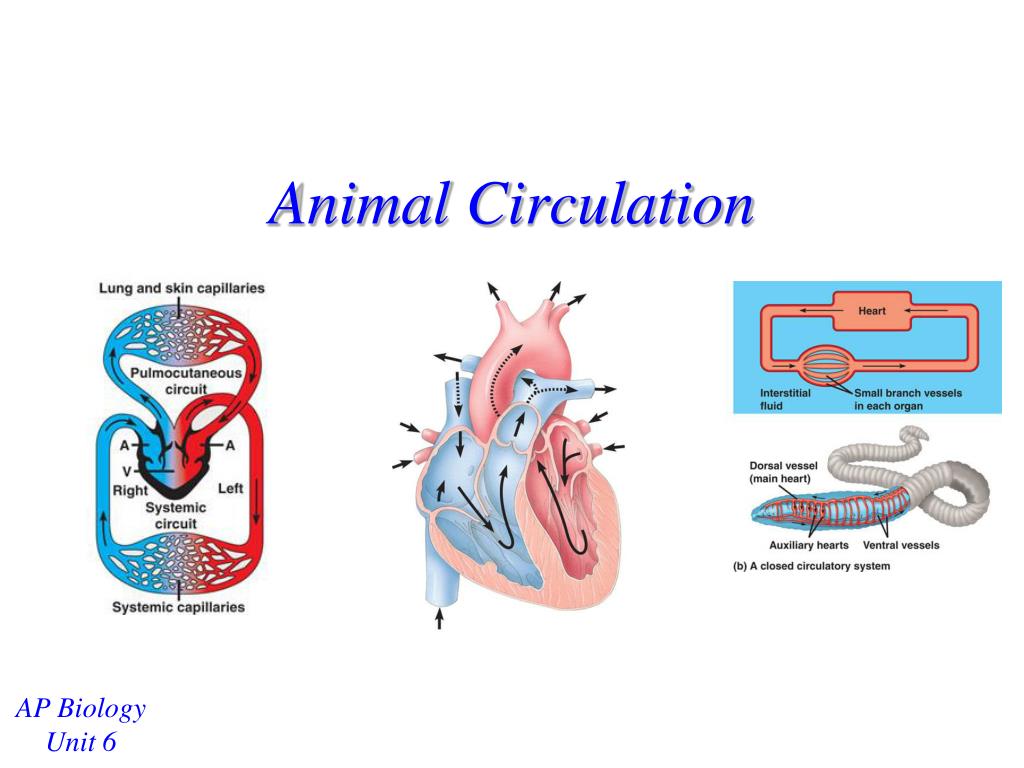Circulation In Animals
This means that for every one circuit of the body, the blood passes through the heart once. The closed circulatory system is further classified into two, based on the number of times blood circulation takes place through the heart:
In ventricular systole, oxygenated blood is pumped into.

Circulation in animals. (a) pulmonary artery and deoxygenated into artery. In animals, there are two types of circulatory systems: Circulation organismal biology general zoology 2.
The circulatory system is also important for removing wastes from the cells. Take a closer look at animals, or animal organs to develop this idea. The majority of mammals, including humans, use a double circulatory system.
The single circulatory system in fish. The circulatory system is also involved in temperature regulation. (b) aorta and deoxygenated into pulmonary vein.
(c) pulmonary vein and deoxygenated into pulmonary artery. The circulatory system is the primary method used to transport nutrients and gases through the body. Many animals have a open or closed circulatory system.
Blood, blood vessels, and and a heart. A whale’s heart is the size of a small car and weighs almost a. Double circulation pathways are found in birds and mammals.
There are two types of circulatory systems found in animals: The blood pumped by the heart passes through vessels into open spaces ,. The circulatory system has evolved over time from simple diffusion through cells in the early evolution of animals to a complex network of blood vessels that reach all parts of the human body.
Farm animals possess a close circulatory system. Open and closed circulatory system shares three basic components: Blood is a circulatory fluid in our body, blood vessels are a set of tubes where the blood moves throughout our body, and the heart is a pump.
Farm animals also display a pattern of double circulation this implies that, for one complete circulation, blood has to pass through the heart twice, each time going through a separate pathway. (d) aorta and deoxygenated into pulmonary artery. Blood circulates inside blood vessels and circulates unidirectionally from the heart around one of two circulatory routes, then returns to the heart again;
This extensive network supplies the cells, tissues, and organs with oxygen and nutrients, and removes carbon dioxide and waste, which are byproducts of. This is a closed circulatory system. It is of the following types :
Simple diffusion allows some water, nutrient, waste, and gas exchange in animals that are only a few cell layers thick; There are two types of the circulatory system present in animals: Circulatory systems • all animals have:
Animal hearts come in all shapes and sizes. In many animals, the waste is delivered to the kidneys and the liver where it’s processed for excretion from the animal. Animals with a closed circulatory system tend to have higher blood pressure.
The materials needed to be transported from one place to another are conducted in this system through the medium of water. Observing blood circulation in asellus Examines the streaming of cytoplasm in single celled animals, diffusion, and both open and clo.
Open and closed circulatory systems. Single circulation system as found in a typical fish species. Extracellular circulation occurs outside the cell and is found in multicellular animals.
Open circulatory system and closed circulatory system. Open circulatory systems are found in invertebrate animals in which the circulatory fluid bathes the internal organs directly even though it may be moved about with a pumping heart. Explains the transport system / circulatory system in animals.
When the animal moves, the blood inside the cavity moves freely around the body in all directions. This means that there is no mixing of oxygenated blood and deoxygenated blood in the heart. Protective agents (white blood cells, antibodies, platelet's, etc.) multicellular animals need these essential materials, and to get ride of waste, but unlike unicellular.
Some organisms, such as many mollusks, have an open system, where the blood washes over and around tissues. In an open circulatory system, blood vessels transport all fluids into a cavity. However, bulk flow is the only method by which the entire body of larger, more complex organisms is accessed.
Many animals have a closed circulatory system, where the blood is maintained in vessels and pumped by a heart. The true point of the circulatory system is to exchange, and transport materials from cells, and to cell, and to other parts of the body.

Unit 14 Transportation in Plants and Circulation in
The Circulatory Systems of Different Animals IGCSE BIOLOGY

PPT Animal Circulation PowerPoint Presentation ID5373902

Circulation in plants and animals
Animal Circulatory Systems Organismal Biology

Circulation in animals YouTube
Real Madrid And Barcelona 2012 circulatory system
Animal Circulatory Systems Organismal Biology

AP Biology Chapter 42 Animal Circulation Part 3 YouTube

Circulation in NonHuman Animals YouTube

Circulation in plants and animals

Presentation 07 Animal Transport and Circulation

Circulation in plants and animals

AP Biology Chapter 42 Animal Circulation Part 2 YouTube

Circulatory systems in animals Transport systems in




Post a Comment for "Circulation In Animals"